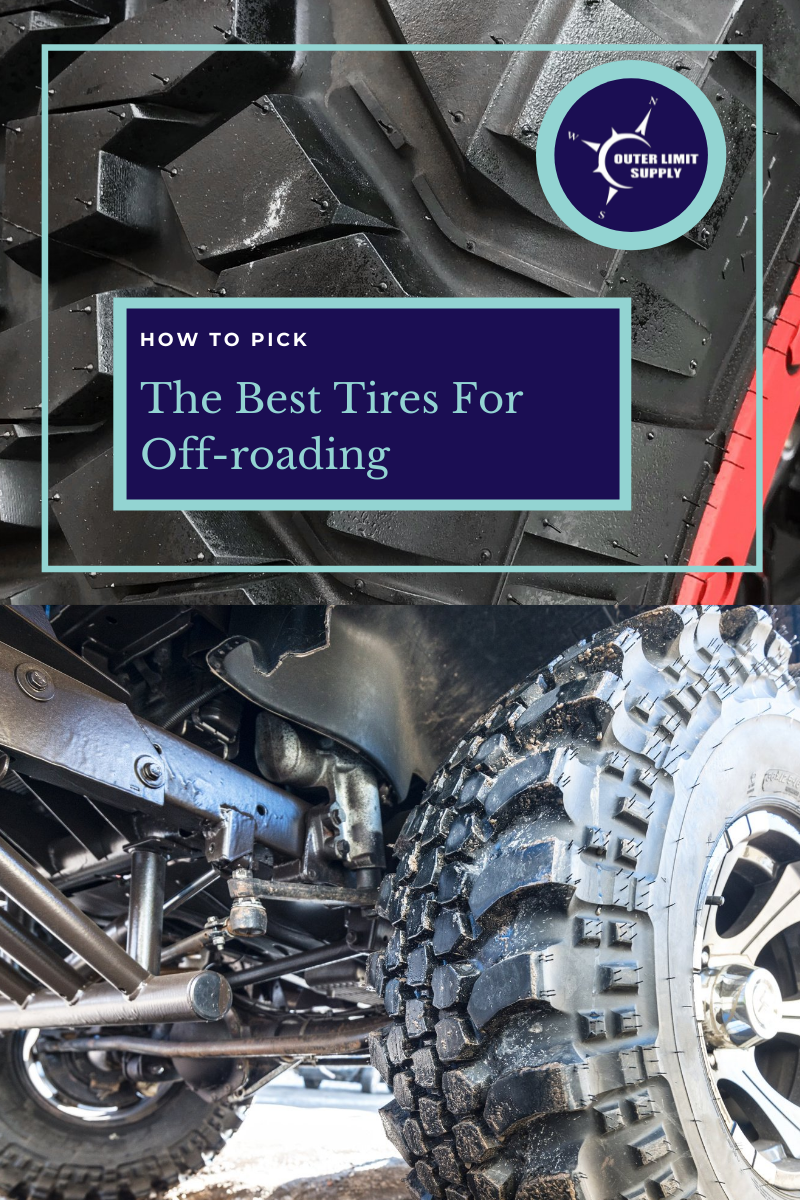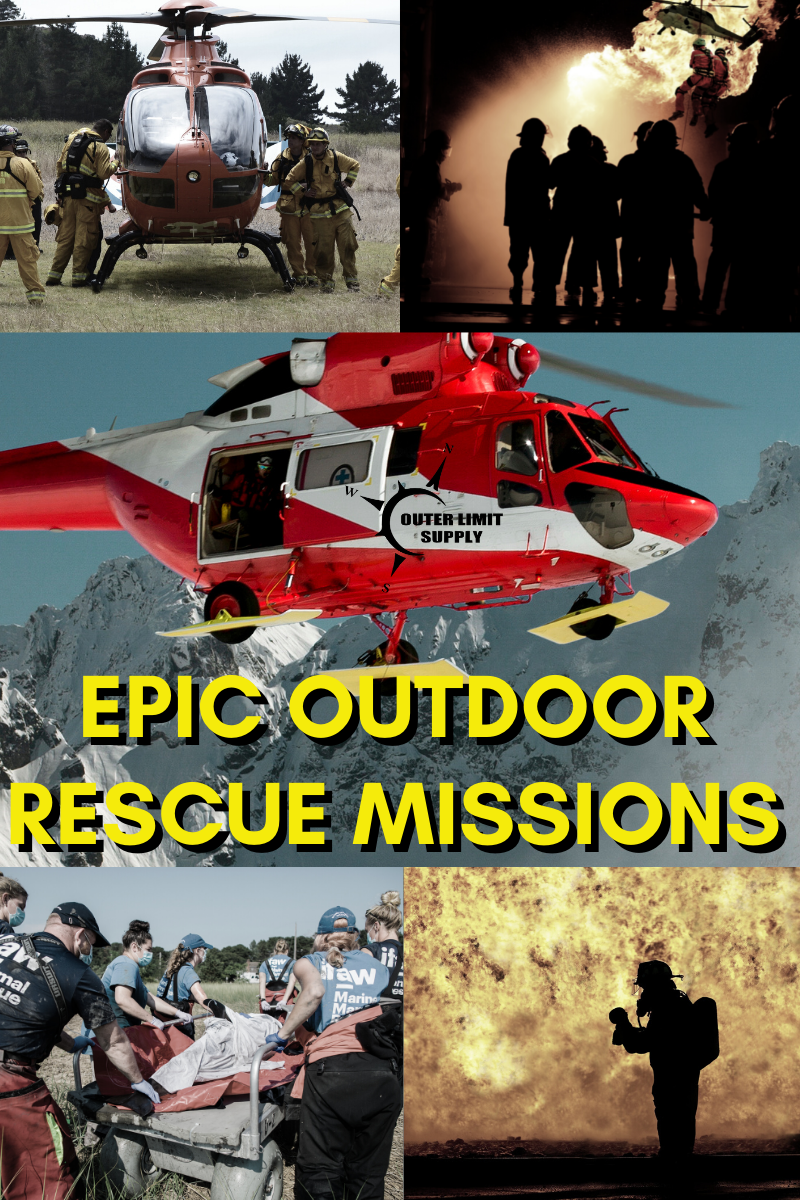Picking new off-roading tires can be daunting if you're new to the backcountry or overlanding. Different options for types of rubber, tread, the cost and durability are the toss up you must focus on for your needs. You don't want to spend a ton of money on a tire that doesn't align with your needs.
Since you're reading this article, we don't need to remind you to take the extra time to do the necessary research and educate yourself. It's not always about the "coolest" tire on the market. The terrain you'll be exploring should be at the center of any decision you make.
The key to safe passage off-the-grid and up the side of 14,000 foot high mountains with no trail comes down to preparation. Will your tires be used in heavy sand with less boulder? Maybe running water and mud will be extremely prevalent.
Compromise makes for good decisions, and the more clear you are on your goals and honest about intentions with the vehicle, you're bound to have a healthy relationship with your tires and achieve your goals.
Pro Tip: Identify the worst situation (or most extreme circumstance) your tires should be faced with before they're on your vehicle.
All Terrain Tires
If you're running errands around town on blacktop most of the time and running down wet, country roads once in a while, you'll want an all-terrain tire. All-terrains offer good grip, moderate debris ejection and acceptable protection than a standard Light Truck tire. The catch is the road noise may increase and you might lose miles per gallon.
Refer back to list your priorities. If you're driving a truck that will see pavement 20-35% of the time, hone in on the off-road experience and what the climate is in the region. If you're in an area with a long, wet season, you'll want to realize the ground will be soft with a lot of mud; but, if you're in the California desert, the ground tends to be dry-hard rock. Choose accordingly.
The difference in getting a mud-terrain tire or a dedicated rock crawling tire depends on the speed and intensity you ride; even in some sense the style of your maneuvering.
The rubber compound used in a tire determines flex and grip with the ground.
Temperature is a critical element when it comes to determining which is best for you. Most mud-terrain and aggressive off-road tires have a softer rubber compound, allowing for increased grip on tough obstacles. When temperature drops, these types of tires tend to harden up and makes it much more difficult for them to grip well.
The best way to conquer winter months: buy a tire with a rubber compound that allows the tire to stay flexible. The needed flexibility depends on terrain, temperature, and the way you drive. Black ice is always going to be messy, but with a thinner compound or more particles at the point at which the tire touches the ice will have a stronger grip. However, if you're bouldering through sharp rocks, the thicker compound will create more grip at the bottom point. It's crucial to be honest with yourself. Thickness of the tire isn't always indicative of a stronger and longer lasting tire. A thinner sidewall will tend to grip better than a thicker side wall, but can be punctured easier.
Tread pattern is a major player in determining the grip your tires will have. Typical road cars are fitted with tires that have straight treads spaced close together that result in a smooth highway ride, but less grip on the dirt. All terrain tires will have more space on the tread which allow for better debris ejection and bigger biting edges, but increase road noise and typically the smoothness of the road drive.
Tough tires are always a concern for extreme off-roaders; we'll put heavy wear and tear on all our gear and mechanical equipment in our explorations. If you spend big money on tires, you'll want them to last. Ratings are a rule of thumb, but as an off-road driver, don't take them too serious.
Size matters. Especially when choosing tires. Higher clearance, more sidewall, and increased shock absorption, but experts agree to always check tires for side rub. Getting tires too big can rub on the side of the vehicle on turns or while recovering in extreme terrain. Tirerack will give you all the sizes and types of tires that will fit your vehicle. Be honest with yourself and you'll end up with a tire that satisfies the craving for even the wildest of adventures.



